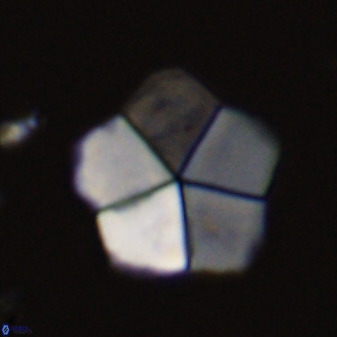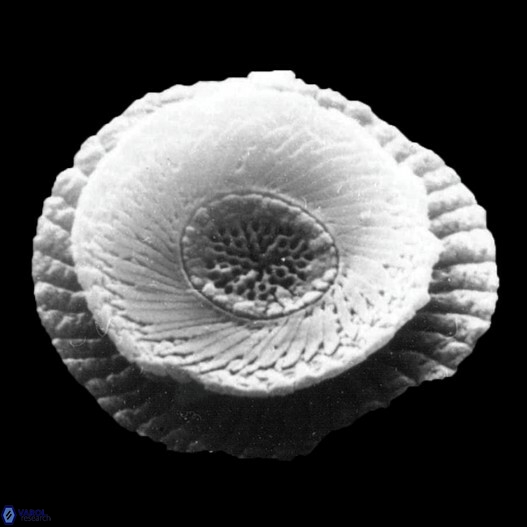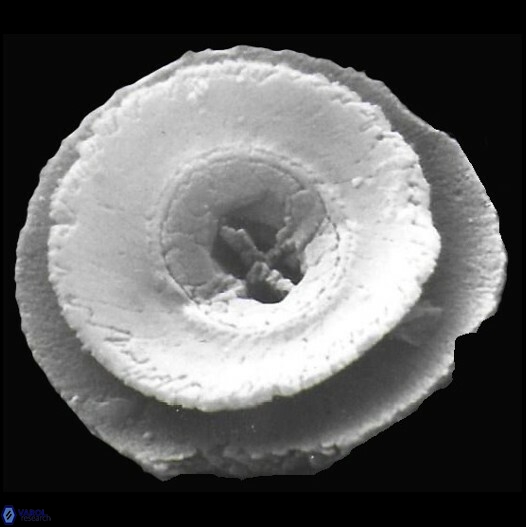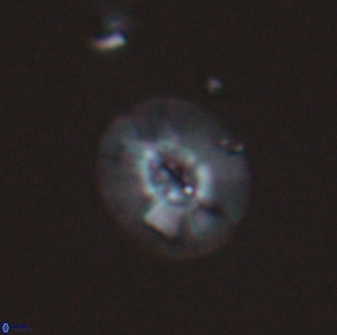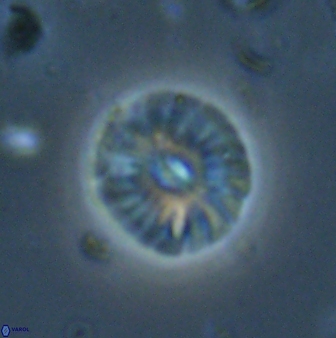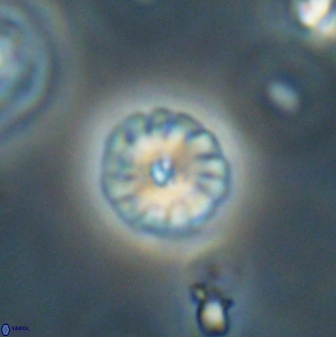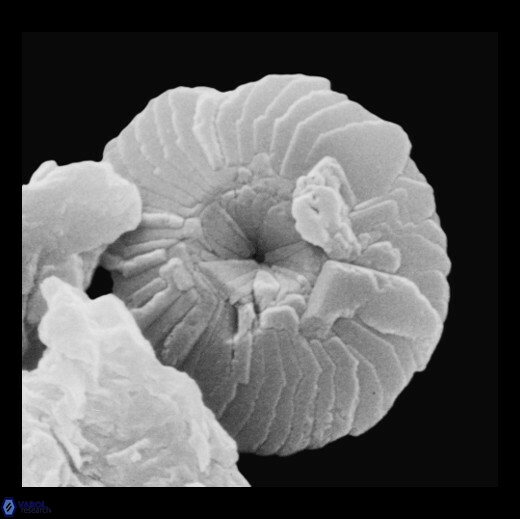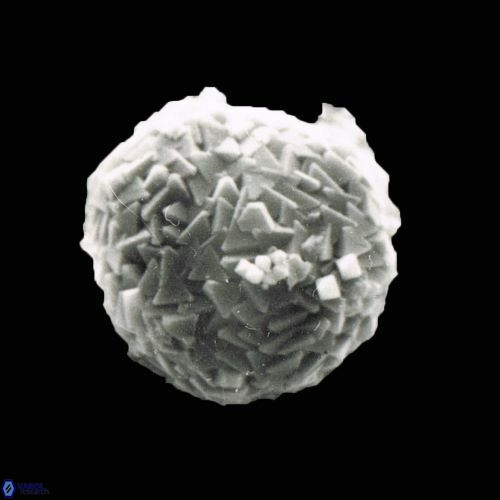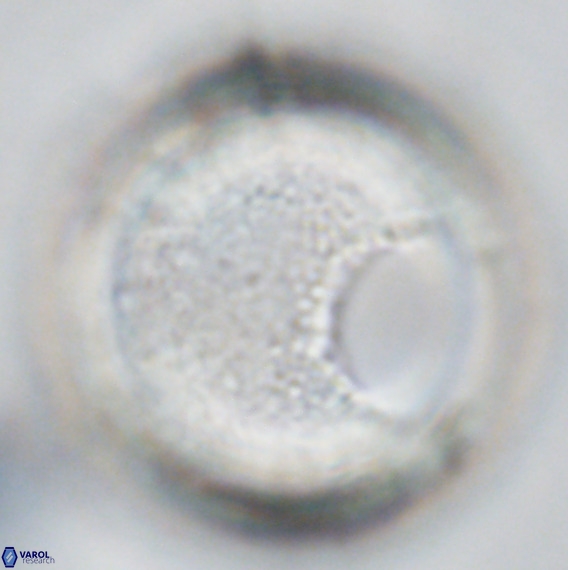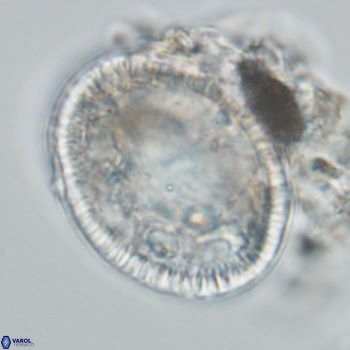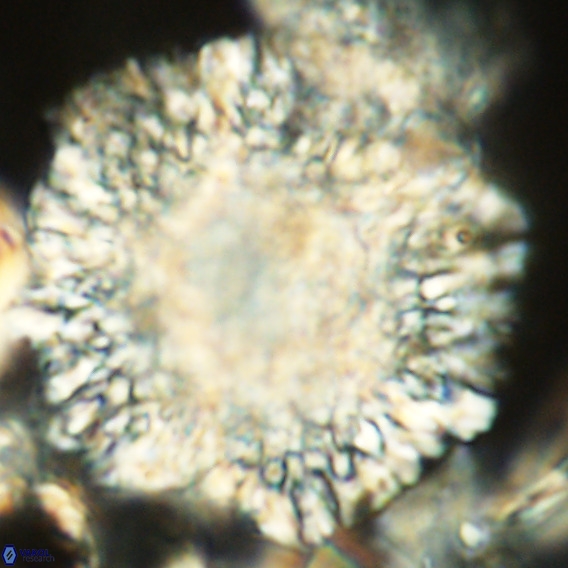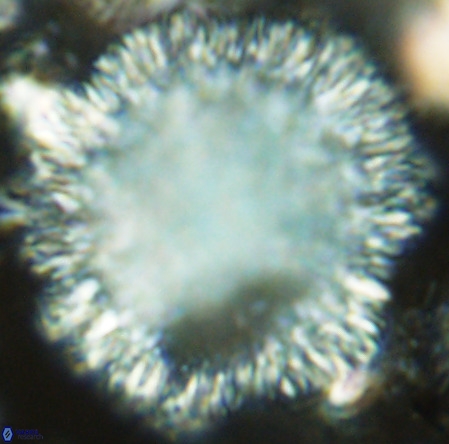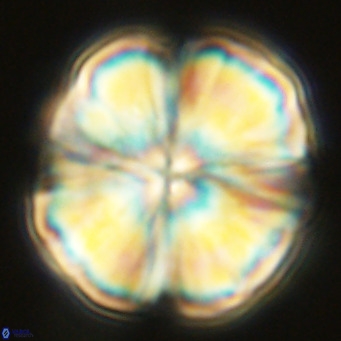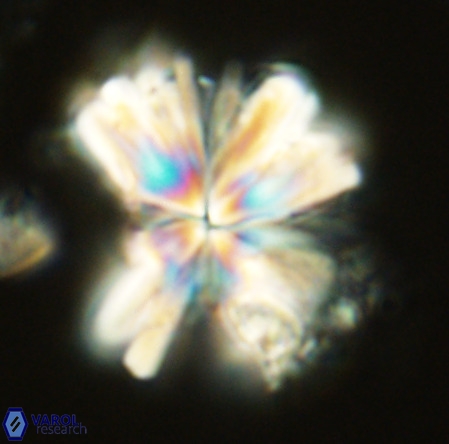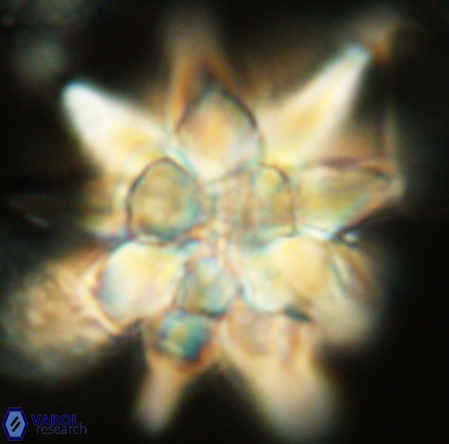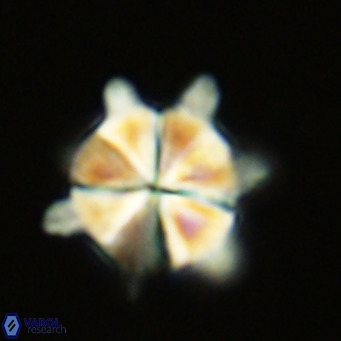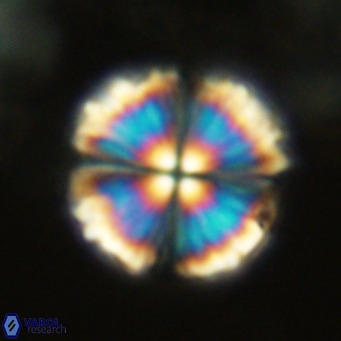Eukaryota
Domein
Eukaryotic cells have a nucleus enclosed within a nuclear envelope/membrane [which is made up of two lipid bilayer membranes]. Prokaryotic cell lacks a nucleus as well as membrane-bound organelles that characterise most of the Eukaryotic cells.
In the diploid stage, Eukaryota can reproduce asexually through mitosis; one diploid cell divides to produce two genetically identical diploid cells.
Eukaryota can also reproduce asexually through meiosis; in two stages, one diploid cell divides to produce four daughter haploid cells with one set of maternal and paternal chromosomes.
Later on in their life, in the haploid stage, Eukaryota can reproduce sexually through fertilisation; the two haploid cells will fuse to create a diploid cell again with two copies of each chromosome.
Chatton, É., (1925): Pansporella perplexa, amoebiens à spores protégées parasite de daphnies. Réflections sur la biologie et la phylogénie des protozoaires. - Annales des Sciences Naturelles, Zoologie, Série 10 8: 5-84

